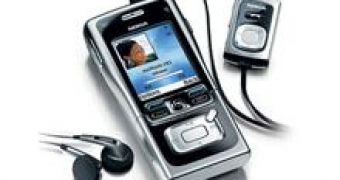According to a recently published research from Telephia, over 23.5 million mobile subscribers in the U.S own a mobile phone with an integrated music player. Nearly 20 percent of the new mobile phones purchased throughout the third quarter of 2006 were music enabled, and this comes as no surprise, with all the mobile phone manufacturers including an MP3 player in their products, and customers starting to understand how easy and convenient it is to use a mobile phone, that one would normally carry around anyway, in order to listen to music.
Although the vast majority of subscribers have reported loading music onto their phones via PC, only a few, a little over 8.5 percent, have actually downloaded music over the air from a wireless carrier music store.
"It is still early days in the market for OTA music purchasing and carriers are experimenting with pricing models and working to improve the user experience," said Kevin Burden, Senior Manager - Mobile Devices, Telephia. "Clearly, the ability to facilitate impulse music purchasing will allow the wireless music stores to capture some portion of the larger digital music market - the only question is how big a piece they will get."
Mobile phones with integrated music players have entered the U.S. Market around two years ago, and manufacturers are constantly improving the devices they are offering. While almost a year ago, a mobile that supported a 256MB memory card would have been considered a great music phone, now phones like Nokia's N91 with 8GB worth of storage space are available, not to mention Sony Ericsson's Walkman phones that bring a wide variety of music features.
On the other hand, the music stores provided by mobile operators have been launched more recently. Sprint was the first U.S. Operator to launch its music store in October 2005, while Verizon followed a few months after. The wireless carriers are currently trying to promote the music download services, with 6.7 percent out of more than $3.5 billion being spent on that.

 14 DAY TRIAL //
14 DAY TRIAL //